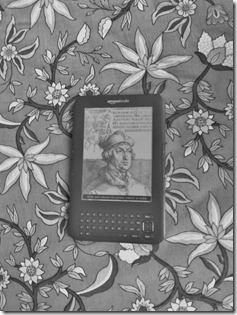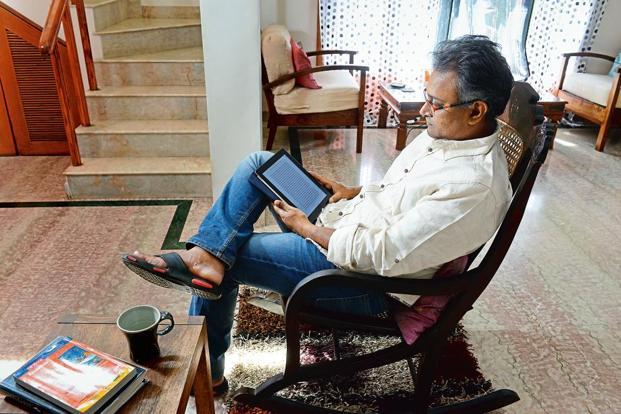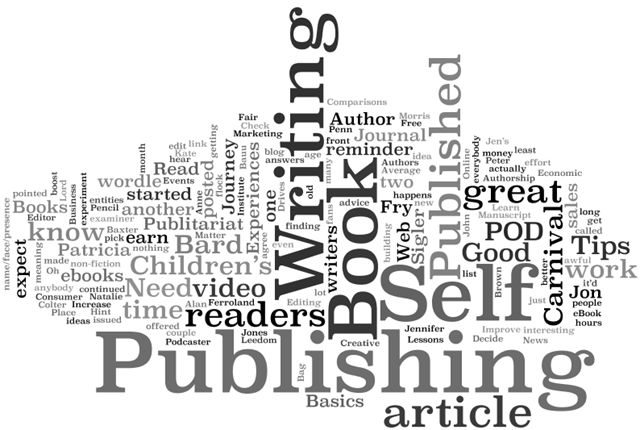It’s a question that came to me and a friend over coffee when we started to discuss Flyte, the newly launched ebook section of online Indian giant Flipkart. Ebook is not a physical book, it’s not printed on paper, it does not take more money to produce more numbers. It does not need distribution channels which eat off a big cost pie of the publisher. It does not need retail space to be sold. In other words, producing ebooks brings down production, distribution and storage costs for the publisher.

Right? Readers would assume so. For them, ebooks are just another medium but doesn’t exactly mean they own a book. Once you as a reader buy it, you cannot share it with someone or resell it if you don’t like it. In a way as this New York Times article states: You have only rent it from an Amazon or iTunes or Flipkart and your rights on the product are severely limited. You cannot resell and it’s gadget limiting and app-dependent. Logically, if the reader was just renting a book, the ebook’s price should have cost something like a library’s book rental cost – atleast half of the cost of a new book.
Then let us look at what it costs to make an ebook. Most Indian publishers, even the ones who have MNC counterparts, outsource their typesetting work (What is typesetting) to a third-party where plates are made digitally and then a physical final converts into a physical book at the printing press. Since the work is outsourced, the final typeset plates might have been deleted from the printer’s computer or put into raddi . So even if the editors and authors exchange drafts of Word documents and emails, the final version of the book (the typeset one with spacing, font setting and other stuff, etc) is not there in the hand of a publisher, especially in the case of older books, which have already been published say five years ago.
Since most of Indian publishers, especially in non-English languages are still producing books in outsourced press, to convert those into ebooks, they have to incur costs on getting them converted from paperback to OCR (optical character recognition) and then have it professionally proofread for scanning errors. In case they don’t have display rights or digital rights, they might have to procure them. This is a huge roadblock for many smaller traditional Indian publishers.
Then there are new costs associated with producing ebooks. As a New Yorker article put it:
“E-books are cheaper to produce, by about twenty per cent per book, because they do away with the cost of paper, printing, shipping, and warehousing. They also eliminate returns of unsold books—a significant expense, since thirty to fifty per cent of books are returned. But they create additional costs: maintaining computer servers, monitoring piracy, digitizing old books. And publishers have to pay authors and editors, as well as rent and administrative overhead, not to mention the costs of printing, distributing, and warehousing bound books, which continue to account for the large majority of their sales.”
Another article in Huffington Post sums up the costs that it takes to produce an ebook from a publisher’s perspective.
1) Software to create an ebook – Adobe Indesign (One copy costs $699), Photoshop and other softwares to create and edit. Going digital in other words.
2) Cost of hosting the ebooks – maintaining servers themselves or paying rental for third-party hosting service
3) Paying hefty royalty to the new retail giants – “Amazon keeps a bit over 30 percent of every book, because it also charges a “delivery fee” above and beyond the percentage it makes. B&N keeps about 35 percent. Google kept 48 percent on my last report.”
4) More royalty to the author (somewhere between 15-25 percent).
Both New Yorker and Huffington Post’s articles are from old-style publisher point of view. When faced with ebooks, old publishers are panicking and even resorting to illegal measures. In the USA last year, book publishers S&S, Hachette, Penguin, Macmillan and HarperCollins were sued by the Justice department for colluding to raise ebook prices. Out of these three (S&S, Hachette and HC) coughed up money and gave them back to the US customers who had bought up ebooks from 2010-2012. The USA scene happened because publishers were afraid that ebooks will kill the traditional market practices. Some of the publishers were following the traditional market pricing as they simply were in deep sea—not knowing how to proceed in the ebook market.
The Indian market is still nascent. Most Indian publishers shy away from ebook markets citing piracy fears and the fear of the unknown—technology. This fear converts itself into a new cost, a new way of thinking, a new business model. Copying what you were doing traditionally is not enough to keep you afloat. And they are being pushed by demand from readers who have tablets in their hands and want to see the book on various mediums —different ebook devices, audio, print. This generation likes to be served on individual plates. Their way or the highway.
How does one bridge the gap between the MRP that a publisher wants to put on an ebook vs what the reader is willing to pay for it? Maybe a traditional publisher will come up with a new business model which cuts costs. Or maybe we will see exclusive ebook-selling publishers sprouting around us. The Indian publishers need to drastically change their business models, figure out their costs and see the writing on the wall, that they have to change with this paperless times. Else perish.
As for authors, especially people like me who are just starting in the career of creative writing and storytelling, the more mediums I can get to my reader to read on, the merrier for me. Till readers are coming do I care how they read that particular story? I hope the publishers catch up to this reality soon.






